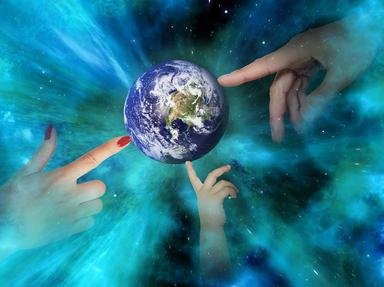Quiz Answer Key and Fun Facts
1. Our first stop is a visit to the world's oldest and deepest lake, also one of the largest. Dress warmly!
2. Our next stop is a country by the Atlantic Ocean where misty days are the norm. To get out of the weather we visit Ross Castle. Where are we?
3. A short hop takes us over to Mount William National Park. Here we find a pristine beach with huge rocks of granite that give off an orange hue. Where are we now?
4. Break out the warm clothes again. On this stop we're going hiking on the Laugavegur Trail. It may look like we're on the moon, with sulfurous pools, and strangely covered lava, but we're not. Where are we?
5. Keep the warm clothes handy because we're going skiing. This alpine national park is home to New Zealand's highest mountain. What is the name of this park of ice and snow?
6. Okay, let's go someplace warm. We are standing on a beach with pale pink sand, surrounded by granite boulders dated to 700 million years ago, making these islands the oldest on earth. We are on one of this archipelago's 115 islands. Where are we about to go snorkeling?
7. Next, we go a city that was home to its country's emperor for over a thousand years. The Golden Pavilion is the city's most important temple.
8. Back to the cold, we go on a visit to the United States' purest and deepest lake. The lake is fed purely by precipitation. This national park averages 41 feet of snow per year. Great views await after a hike to Mt. Hood.
9. Ah, the islands of the South Pacific, French Polynesia to be exact. Tahiti to be more precise. To what island group does Tahiti belong?
10. Our final stop on this journey is a national park in which we find the highest point in North America. The mountain was originally named for an American president but was recently changed. Where are we?
Source: Author
ncterp
This quiz was reviewed by FunTrivia editor
agony before going online.
Any errors found in FunTrivia content are routinely corrected through our feedback system.
